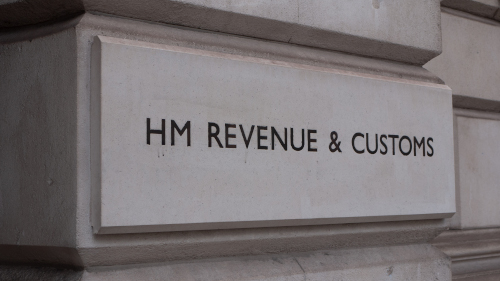HMRC faces performance scrutiny as remote work numbers soar to 95%

Recent data has revealed that the proportion of HM Revenue & Customs (HMRC) staff working remotely has surpassed the numbers seen at the peak of the first national lockdown.
A freedom of information request disclosed by the Daily Telegraph highlighted that 95% of HMRC employees are now working remotely for at least one day weekly. This represents a substantial increase from 35% in 2019, peaking at 96% in 2021.
Last month, the public spending watchdog reproached HMRC for missing performance targets. Particularly concerning was the telephone service, with June’s performance report indicating that just 70% of calls were answered. This was an improvement from April’s 54%, but a decline from the 85% in June 2021.
Furthermore, HMRC recorded one of the lowest occupancy rates amongst government departments. As of July’s end, occupancy for HMRC’s London office stood at a mere 36%, compared to the Ministry of Defence’s 72% in the same period. The Scotland Office, Ministry of Justice, Home Office, and Foreign Office also had occupancy below 50%.
Part of HMRC’s remote work strategy includes offering staff the option to work from home for two days each week, provided their tasks are fulfilled. This is intended to entice potential employees.
Regarding HMRC’s “deteriorating” performance, Gareth Davies, the National Audit Office’s auditor general, said: “Taxpayers and their agents are still not receiving the support they expect, with customer service performance remaining considerably below HMRC’s own targets and historical performance levels.”
An HMRC spokesman told The Times: “There is no link between our customer service performance and working from home. All our staff are held to the same standards, whether they are working from an HMRC building or from home.
“We are encouraging people to use our highly rated and easy-to-use online services wherever possible. This will ensure our expert advisers are avail-able to help those who need one-to-one support – those with complex queries, the digitally excluded, the particularly vulnerable.”









